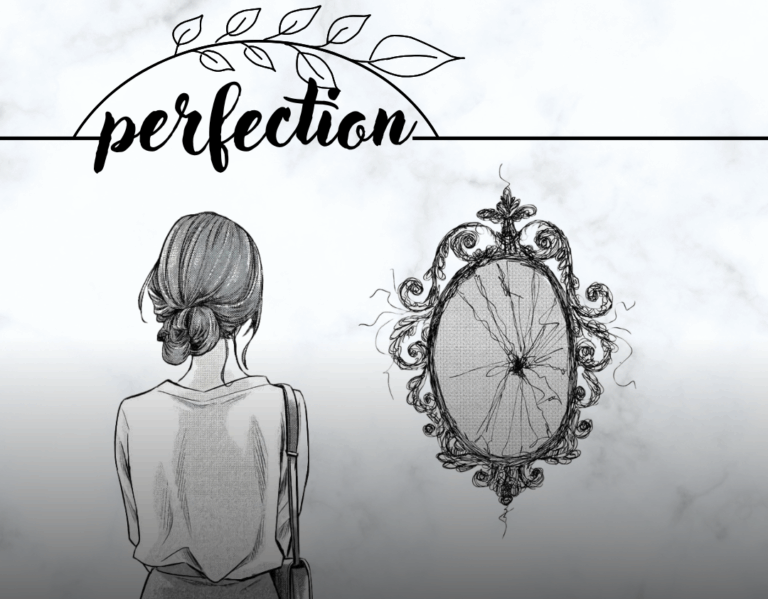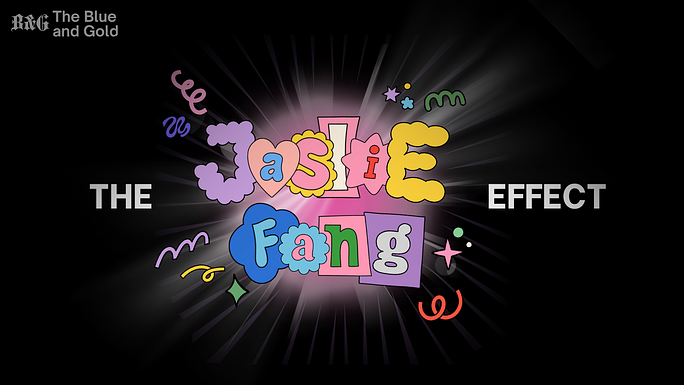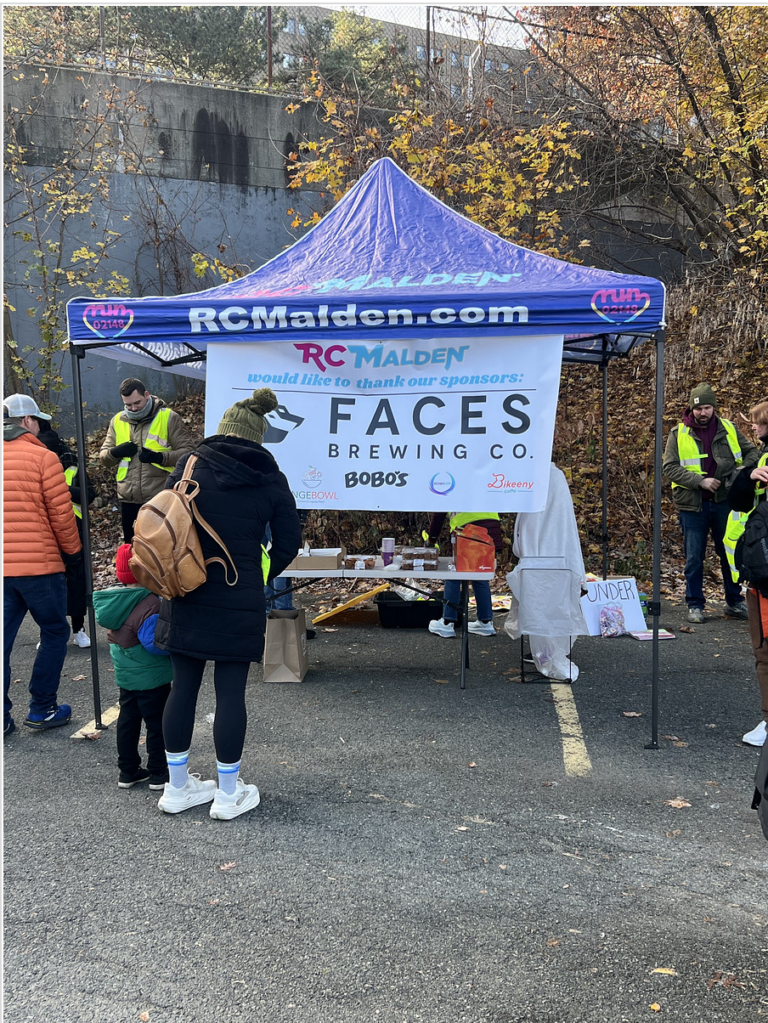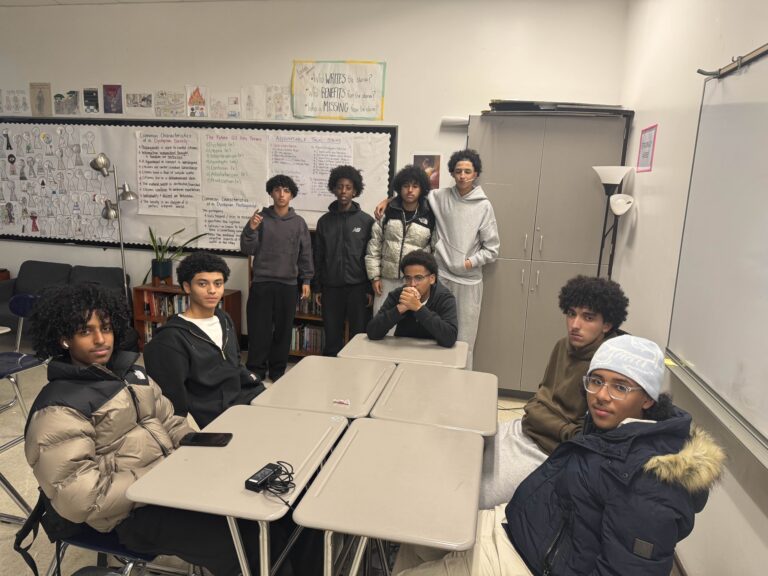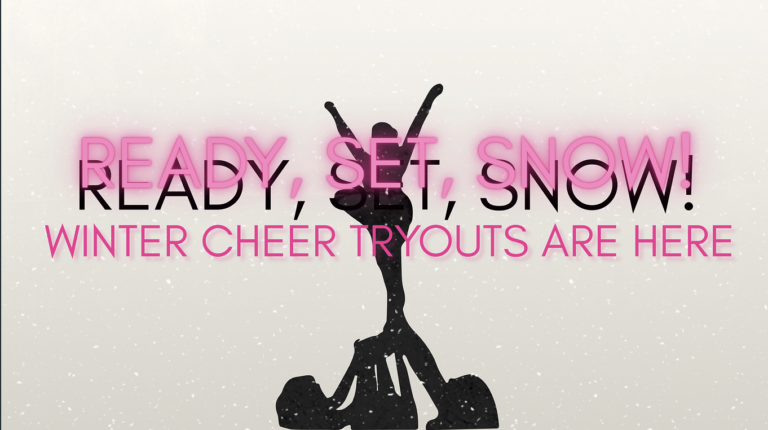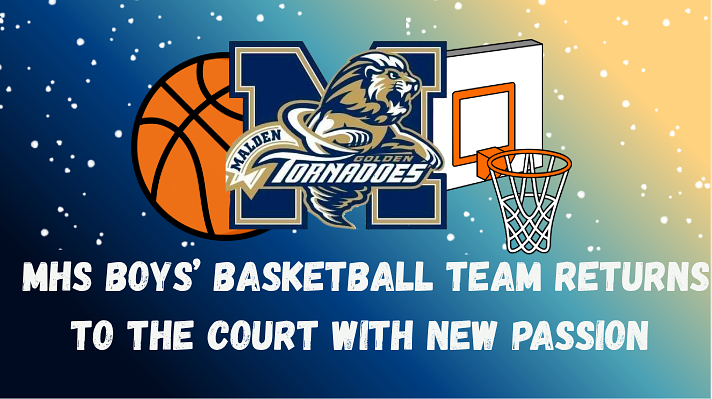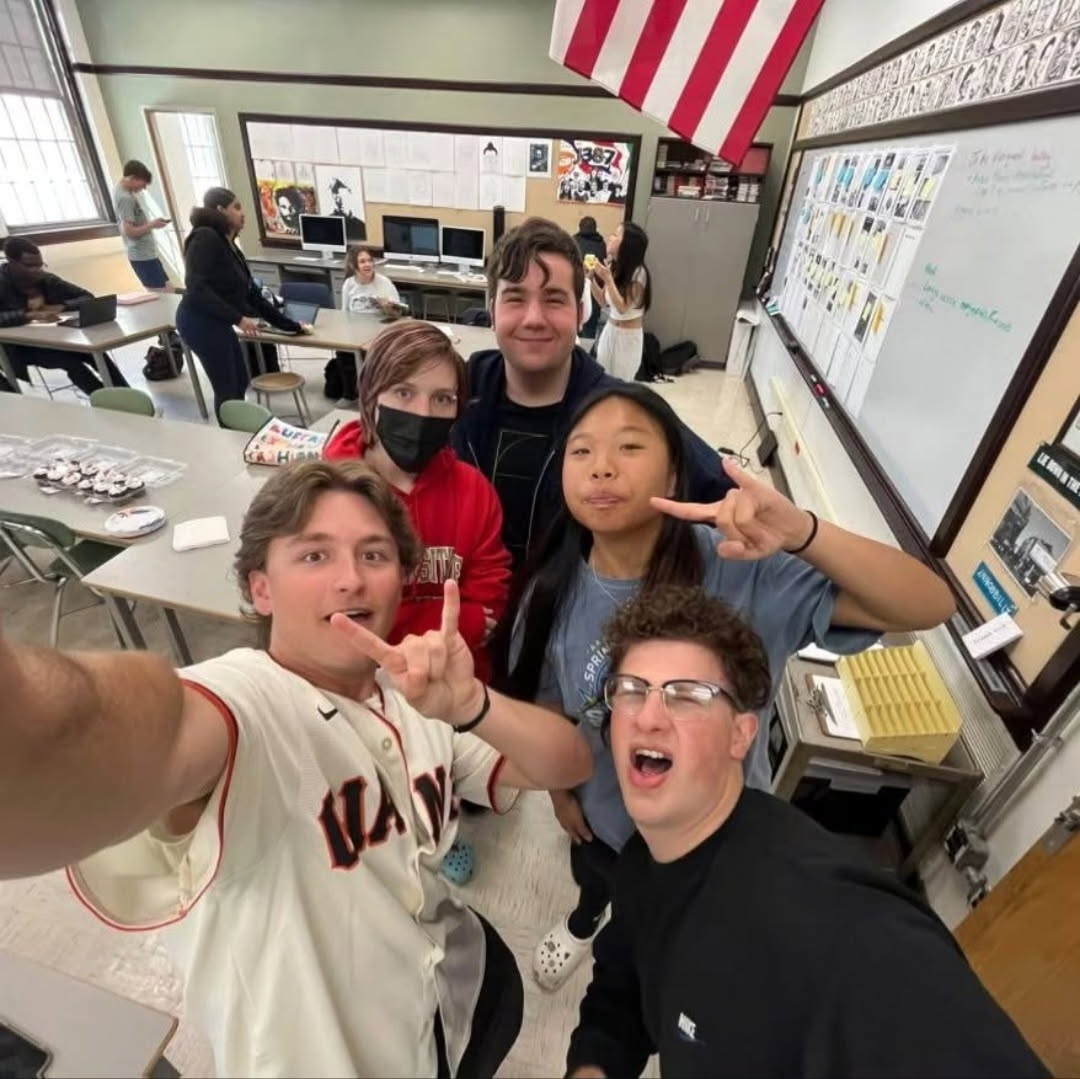
Fresh out of the pandemic, I signed up for Introduction to Journalism simply because two friends were enrolling. Moving from a school of 100 students per grade to one with over 500, I knew I wouldn’t know anyone in my classes. But in that journalism class, I met three seniors who shaped my entire high school experience: Editor-in-Chief Lauren, Managing Editor Karen, and Head of Photography and Arts Brandon. More than just mentors, they became some of my closest friends, each leaving a lasting impact. Lauren, a proud queer in a male-dominated field, taught me to embrace who I am—her confidence paved the way for me to be openly trans in the same space. Karen, ever optimistic, challenged my natural pessimism and helped me see the best in people, teaching me that no one is inherently bad. Brandon, who is open about his struggles with mental health, showed me the strength in asking for help. Their passion for journalism became my own, and their lessons shaped not just the editor but the person I am today.
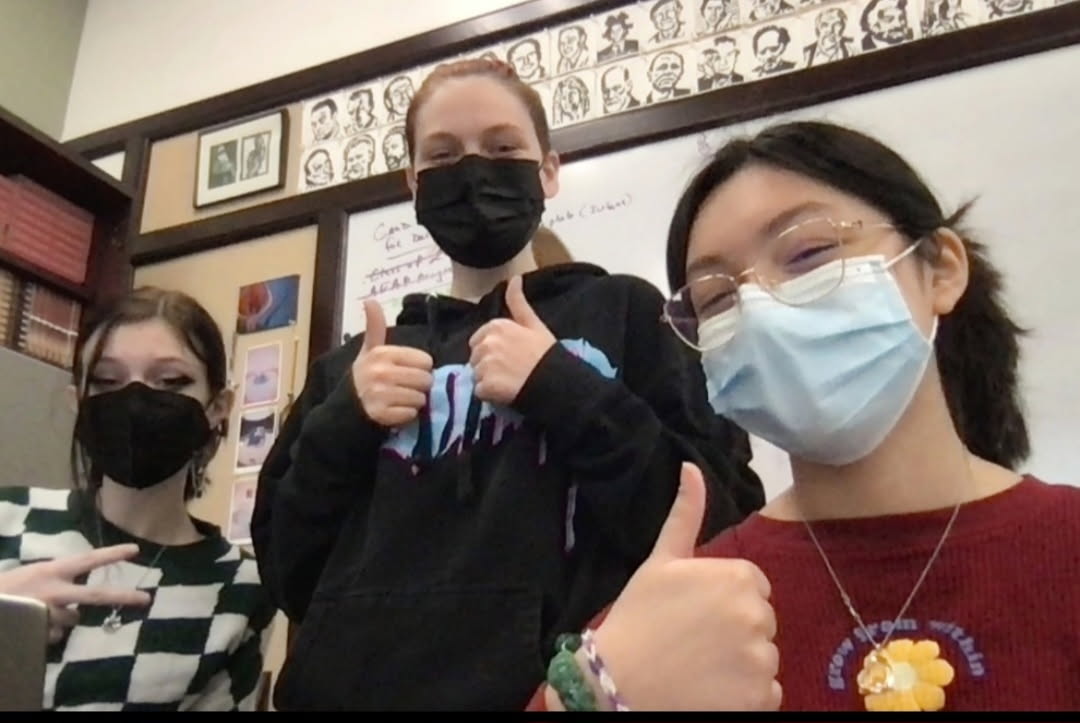
At first, I hesitated to participate: I lacked the confidence to believe my writing was good enough. However, as the year progressed, I became more engaged. With every article I wrote and with every discussion I had with my mentors, my skills improved. I began to realize that journalism was more than just writing—it was about storytelling, uncovering the truth, and giving a voice to those who might not otherwise be heard.
During my sophomore year, I rejoined the program and stepped into the role of Lead Reporter. I took on significant pieces, including coverage of a student walkout and a teacher strike. Even with school canceled due to the strike, I rose early as if it were a normal school day, heading out to walk alongside the teachers and ensuring I captured as many perspectives as possible.
This strike wasn’t just a local issue—it garnered attention from major media outlets like CBS, The Boston Globe, and NBC. Being on the ground and witnessing the tension and solidarity firsthand reinforced my commitment to political journalism and the power of local reporting in shaping larger conversations. This experience was when I truly became a reporter.
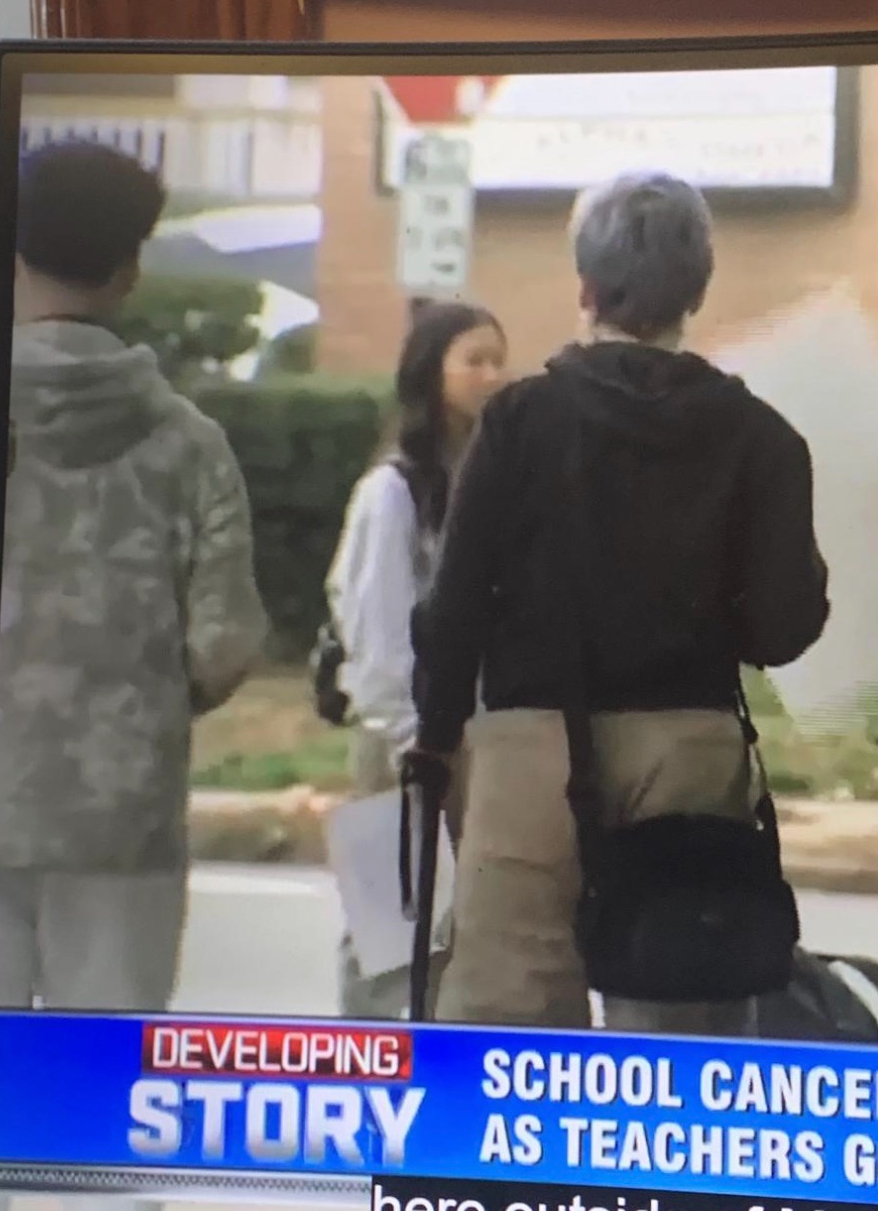
While I had been writing for the paper for over a year, I was just beginning to find my voice. After three back-to-back articles tracking the progression of the school contract negotiations, I knew I wanted to focus on political writing. I found myself drawn to stories that explored broader societal issues, realizing that journalism had the power to drive conversations and incite change.
During my junior year, I covered events that solidified my passion for political journalism. One of my favorite articles was about “Cookies and Civics,” an event where the local government workers came to discuss their roles and teach students how to enter those careers. Writing about this event underscored the importance of understanding political structures and engaging with them actively. Later, I covered the annual Model UN competition, focusing my article on the relevance of politics and the necessity of teaching these topics in schools. Journalism provided me a platform to explore these issues and advocate for awareness, refining my voice as a writer passionate about government and policy.
That year, I also returned to the Introduction to Journalism class, this time as an instructor. Typically, this role was reserved for seniors, but I was given the opportunity to step up. However, I was never the editor my mentors had been during my freshman year. For one, I wasn’t a senior—I didn’t have the same experience or authority they had when guiding me. More importantly, just as they had taught me to grow into my own identity, it would have undermined that lesson if I had simply tried to become them. Instead, I found my way to lead, shaping my teaching style to fit my students’ needs.
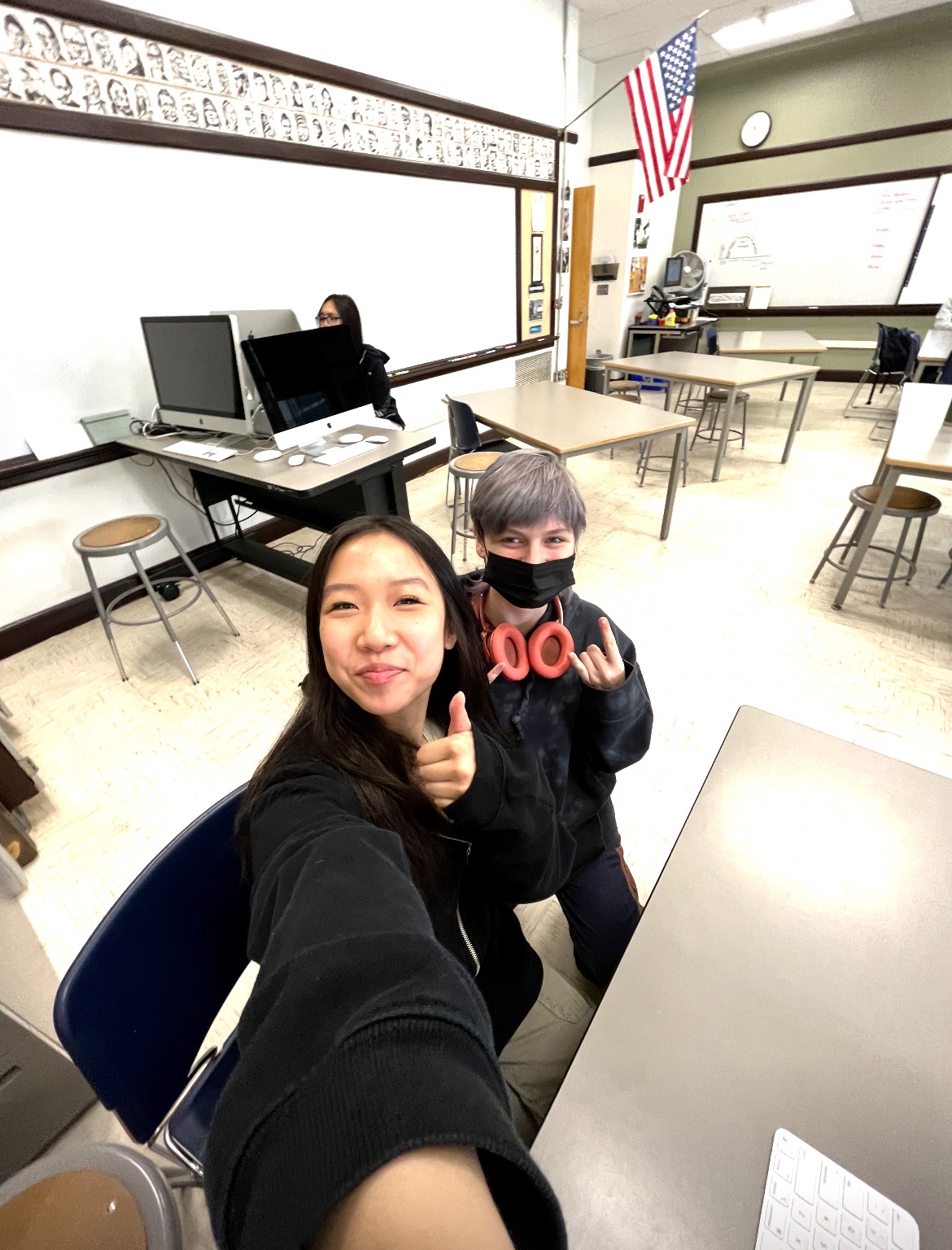
Another key difference was class size. When I was a freshman, we had just emerged from the pandemic, and the program had far fewer sign-ups. My year had a small, tight-knit class, whereas the group I taught was nearly double that size. Managing a larger class came with new challenges, but it also meant a greater impact. Almost all of my students returned to the program the following year, and even those who didn’t still stop to say hi in the hallways. Many affectionately call me “dad”—a title I happily accept.
At the same time, I took on the role of Head Copy Editor, overseeing every article before publication. My responsibilities extended beyond grammar corrections—I ensured consistency in formatting, captions, and editorial choices across the entire publication. Though the workload occasionally felt overwhelming, my senior editors were always there to support me. As the year progressed, I developed a rhythm, and the job became easier through practice and experience. I learned the importance of time management, attention to detail, and the ability to balance multiple responsibilities simultaneously.
Now, in my senior year, I serve as Editor-in-Chief and teach our upper-level journalism class. Although I couldn’t fit both this and the introductory class into my schedule, I try to visit the introductory students whenever possible. In my upper-level class, I assign editing and publishing tasks, lead critique sessions on past publications, and support students with their projects. This leadership role has allowed me to mentor younger writers, just as my mentors once guided me, and it is one of the most rewarding aspects of my high school experience.
This year, I wrote my longest and most complex article to date, addressing not only potential schedule changes but also the deeper issues of school budgeting, contract negotiations, teacher shortages, and shifting school culture. Although I wouldn’t be there to see the new schedule implemented, I knew the discussion needed a clear, well-researched voice. As Editor-in-Chief, I spent weeks interviewing the superintendent, administrators, and faculty, analyzing budget proposals, staffing trends, and examining how different schedules could affect students, teachers, and extracurricular activities. The more I investigated, the more I recognized that scheduling wasn’t just about logistics—it mirrored systemic challenges in education. At over 3,000 words, the article was one of the most demanding yet rewarding pieces I’ve written. It sparked conversations among students and staff, influenced faculty meetings, and helped bring transparency to an often-overlooked issue. More than anything, it reinforced my belief in journalism’s power—not just to inform, but to hold institutions accountable, amplify voices, and foster meaningful discussions.
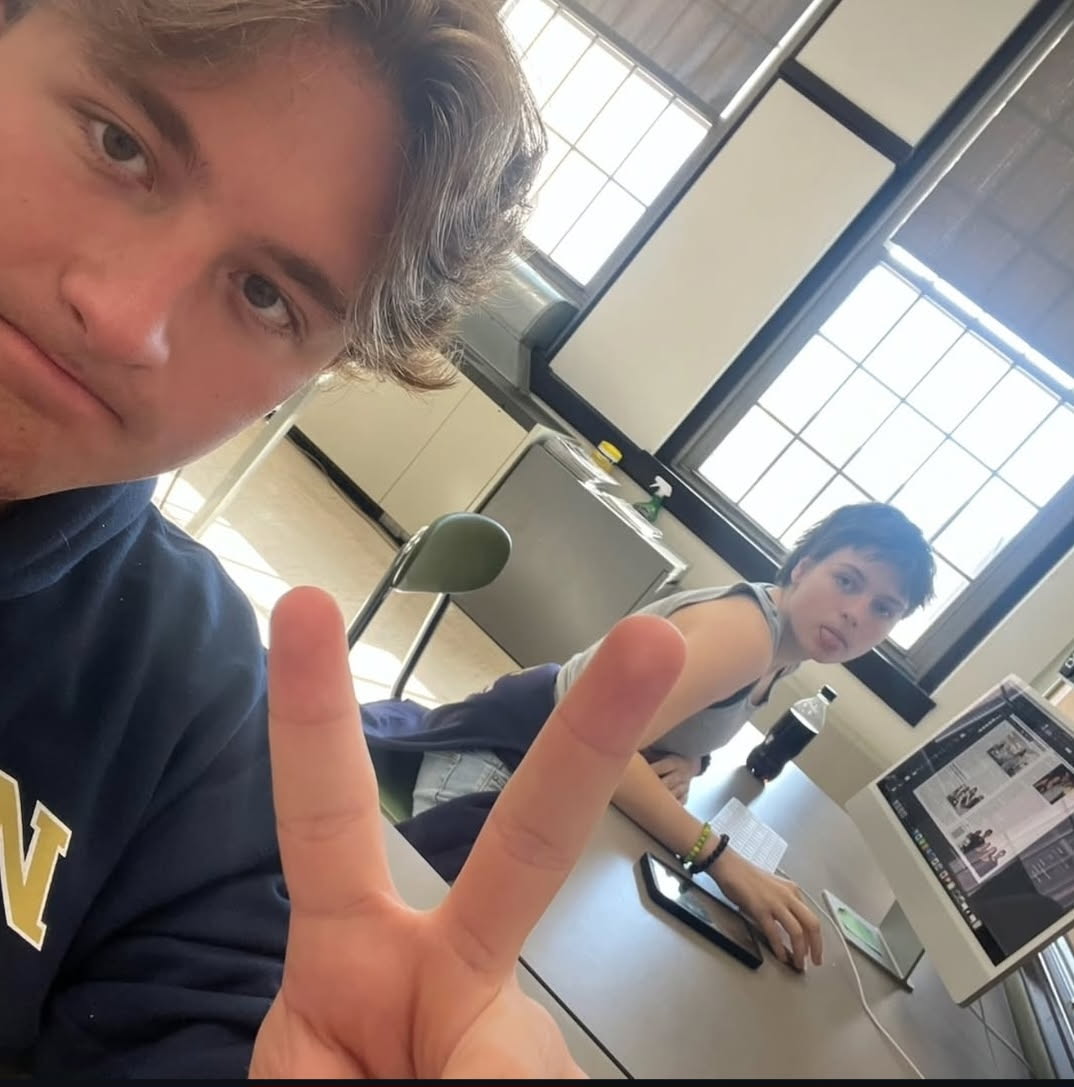
Journalism has provided me with a sense of purpose and direction, refining my ability to analyze complex issues, articulate my thoughts clearly, and advocate for truth. I have developed leadership skills, learned how to manage a team, support my peers, and navigate challenges with professionalism. Writing for the newspaper has not only improved my technical skills; it has shaped the way I view the world, instilling in me a responsibility to seek and share the truth. Being part of the journalism program has made me a better writer, researcher, and person. I would not be who I am today without this program—I wouldn’t have the same friends, and I wouldn’t be as confident in myself if I hadn’t found the support here. I am nowhere near the person I was when I first enrolled as a 14-year-old afraid to start high school, and I am grateful that this program has shaped me.

